When I started my job as assistant curator of Biltmore House, the largest historic house museum in the United States, I wasn’t sure what I was supposed to do! The curator was on vacation for two weeks and she left no instructions, no note, no information.
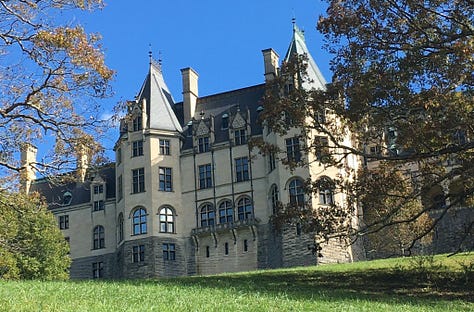
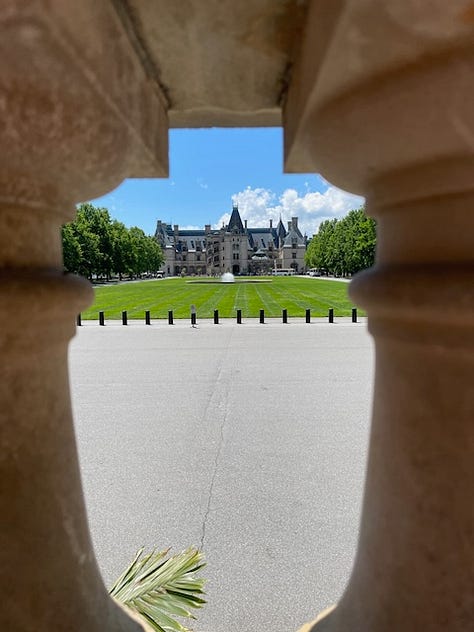
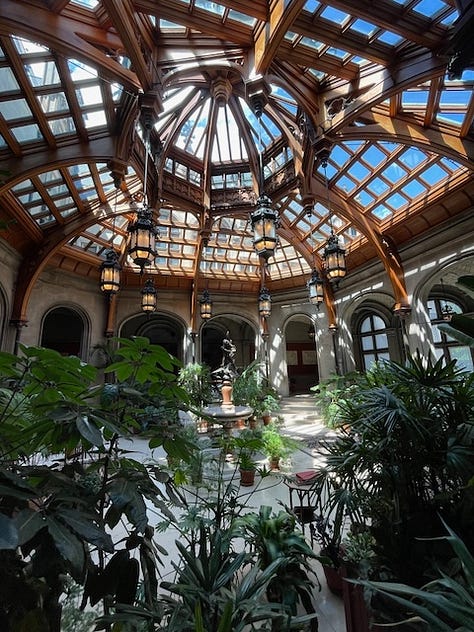
Even though I had finished a two year program in museums studies and had done my internship at the Metropolitan Museum of Art, I wasn’t absolutely sure as to what a curator did. Yes, I understood it intellectually, but I didn’t know how to translate my knowledge into action. So, I kept looking up the word “curator,” hoping for instant insights, which didn’t happen.
Because I wasn’t sure what a curator did, I’m thinking that you might wonder, too. And, you might have questions about other museum jobs, also.
Of course every museum is different so job titles and responsibilities vary according to the type of museum, the size of the museum, and the organizational structure of each museum. However, the following list will give you the basics of some of the most common museum jobs.
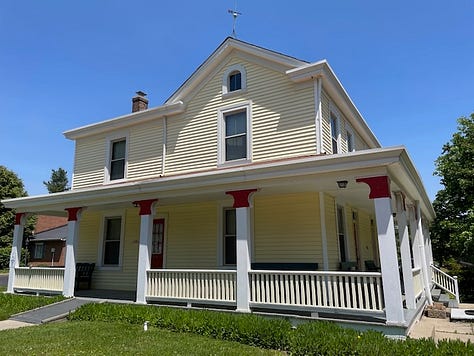
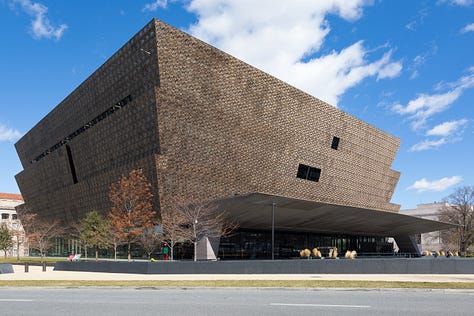
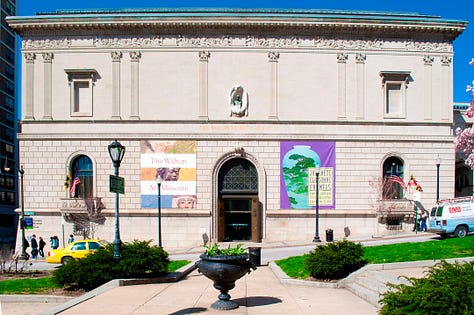
Curator
The word curator comes from the Latin term curare, meaning "to care" or "to look after." They may specialize in a specific subject area and work closely with collections, donors, and researchers to collect, preserve, and display objects. In some museums, curators are thought of as the storytellers of the museum, responsible for selecting, researching, and interpreting objects for exhibitions.
Registrar
Registrars handle the logistics and detailed record-keeping for the museum's collection. They track every object’s location, manage loans, and ensure proper documentation and insurance. Have you ever noticed tiny numbers on the bottom or edge of an artifact? Those accession numbers are part of the record-keeping system overseen by the registrar.
Conservator
Conservators preserve and restore objects, using both science and art to stabilize and protect them for future generations. Their work is often detailed and delicate, ensuring artifacts are both authentic and accessible. They strive to “do no harm” and to make all changes reversible, knowing that materials and science knowledge changes over time.
Executive Director
The executive director is the museum’s top leader, overseeing overall operations including finances, staffing, fundraising, planning, and strategy. They work with staff and the board to keep the museum focused, successful, and true to its mission. In small museums, the executive director may do everything!
Exhibit Designer
Exhibit designers create the physical layout and visitor experience of exhibitions. They use space, lighting, graphics, and interactivity to bring stories and objects to life. They work on both permanent and temporary exhibits.
Museum Educator
Museum educators develop programs, tours, and learning materials that help visitors connect with museum content. They often work with schools, families, and community groups to make the museum accessible and engaging. While they generally work within the museum, sometimes they go out to schools to do presentations.
Archivist
Archivists manage historical documents, photographs, and records, ensuring they are preserved and organized for research and reference. They often work behind the scenes but play a key role in supporting scholarship and exhibitions.
Membership Coordinator
Membership coordinators engage with members, manage renewals, and create benefits that keep people connected to the museum. They are vital to building community support and ensuring a loyal visitor base.
Visitor Services Manager
This person works to ensure that guests have a positive experience, from the moment they walk through the doors and through all the galleries. They oversee front desk staff, ticketing, and customer service.
Preparator
Preparators are the hands-on staff who install and maintain exhibitions. They handle artwork carefully, mount displays, and ensure everything looks just right and is secure whether it’s in a case or hanging on the wall. They’re the ones that might be carrying a ladder, a drill, or a hammer, or even driving a forklift.
Docent
Docents may be paid staff or trained volunteers who lead tours and interact with visitors. They bring knowledge and stories to each of their tours, helping people connect with art, history, and ideas. Some docents may bring copies of photographs or letters, or replicas of small artifacts to enhance the tour experience.
Most museum professionals have at least a bachelor’s degree and many have post graduate degrees. They come from a variety of disciplines including museum studies, public history, art history, and archaeology. Conservators almost always have a post graduate degree that combines art history and science.
If you work in a museum, is your title similar to any of these? If you don’t work in a museum, but you could snap your fingers and work in a museum, which job would you want?
Things you may have missed




Interesting! And helpful!
Very nice! I've wondered about many of those titles.